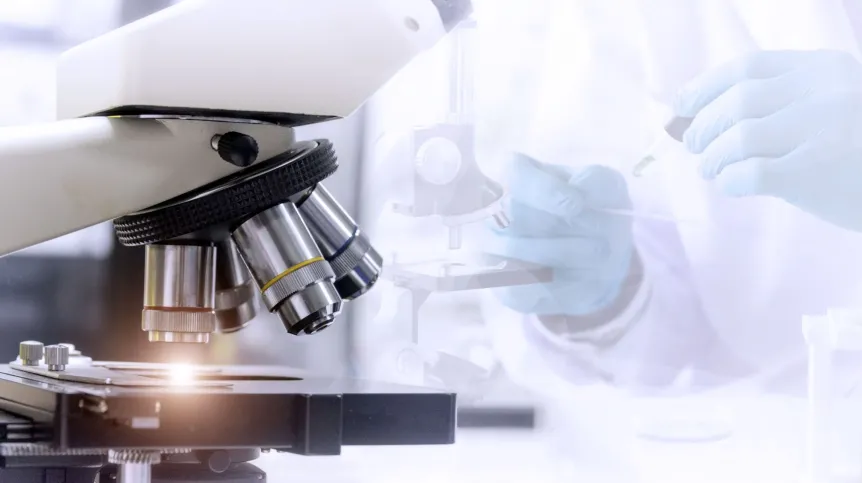
How many nanometers should nanoparticles have to exhibit antibacterial properties, or be used in cancer treatment? Scientists from the Jagiellonian University and the Polish Academy of Sciences showed that the parameters of newly synthesized silver nanoparticles allow to tune their biological activity.
Obtaining nanoparticles of an uniform size, significant due to their application potential, is difficult to achieve in biocompatible solvents. The paper published in the prestigious journal ACS Applied Materials and Interfaces (https://pubs.acs.org/doi/abs/10.1021/acsami.2c01100) shows that sizes and charges of nanoparticles can be changed depending on the potential application, while maintaining their stability and activity in the aquatic environment, the Jagiellonian University reports in a press release.
The team led by Dr. Janusz Dąbrowski, a professor at the Inorganic Chemistry Department of Jagiellonian University, investigated the effectiveness of newly synthesized silver nanoparticles and discovered that their biological activity can be controlled by changing their parameters (charge and size). 'It has been shown that positively charged 10 nm nanoparticles eliminate 100% bacteria, while 40 nm nanoparticles can selectively destroy breast cancer and intestinal cancer cells (3D models), without significant damage to the healthy cells', we read in the release.
In vivo research confirmed their safety and effectiveness. Long-term inhibition of large intestine tumour growth was observed in mice, which received silver nanoparticles, significantly extending the life of treated animals compared to control groups. 'The proposed synthesis of silver nanoparticles is a promising way to obtaining highly active and selective antibacterial and anti-cancer drugs', we read in the release.
Research was carried out as part of Sonata BIS 6 and Opus 19 competitions financed by the National Science Centre.
PAP - Science in Poland
ekr/ agt/ kap/
tr. RL













